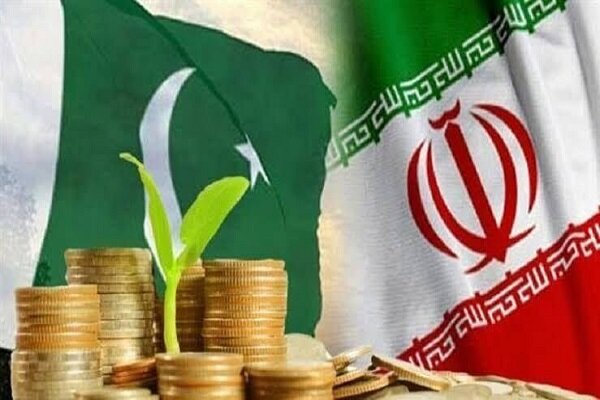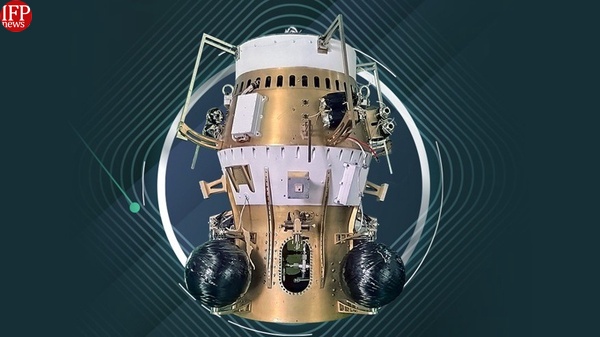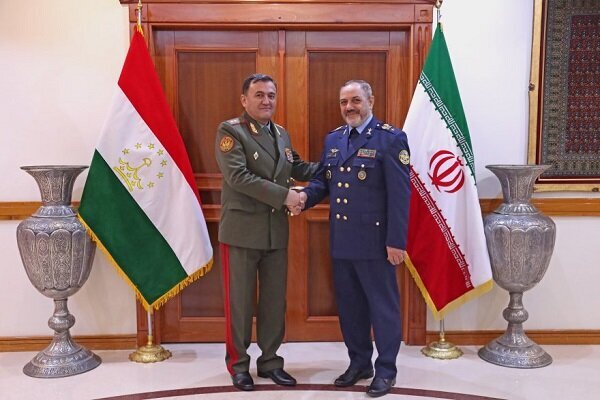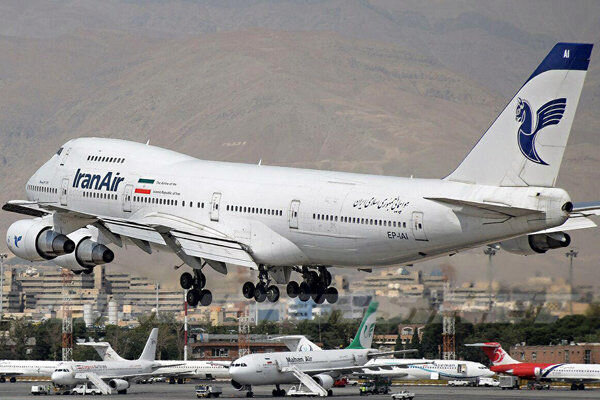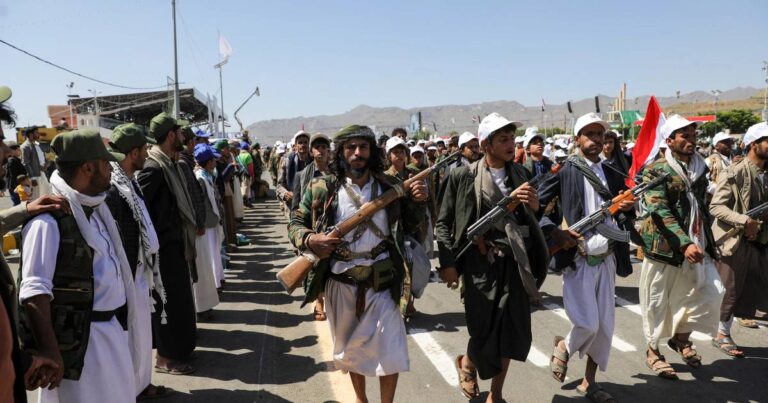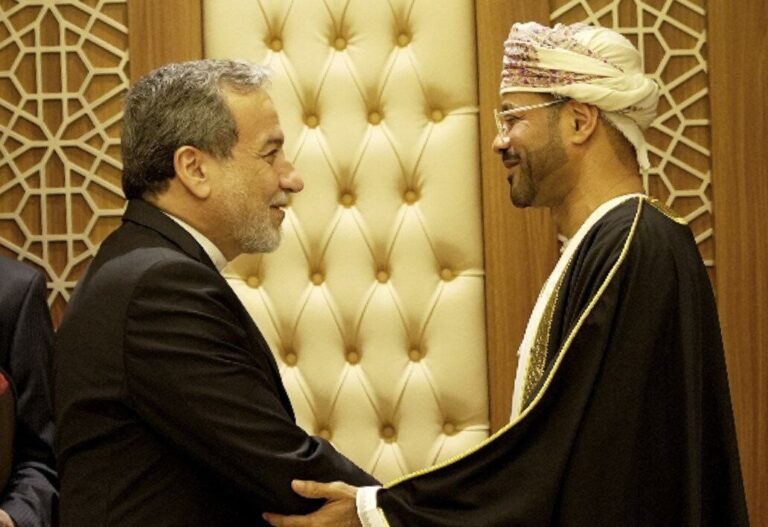Iran and Pakistan Forge New Trade Alliances and Launch Direct Flights for Economic Growth
As regional connectivity becomes increasingly vital for economic growth and diplomacy, the introduction of direct flights between Iran and Pakistan stands to significantly enhance people-to-people interactions, lower logistical costs, and strengthen trade—particularly between the less developed border provinces.
Iran’s ambassador to Pakistan, Reza Amiri-Moghaddam, has underscored the importance of establishing direct air travel routes. He stated that the absence of direct flights between Tehran and Islamabad acts as a substantial hurdle in expanding both commercial and civil relations. The proposed routes, particularly between Tehran–Islamabad and Zahedan–Quetta, are expected to facilitate not only ease of travel but also reduce costs, save time, and eliminate reliance on third-country stopovers.
In response to these proposals, Pakistan’s Deputy Minister of Defence and Aviation, Lieutenant General Muhammad Ali, expressed his support and readiness to enhance aviation ties with Iran. He highlighted the potential for cities beyond the capitals, such as Multan, Sialkot, and Peshawar, to establish direct air links with various Iranian cities. This expansion could further promote economic and cultural exchanges between the two nations.
Both Iran and Pakistan are actively pursuing the strengthening of bilateral trade and economic relations through high-level discussions. Key areas of focus include:
- Logistics
- Transport
- Mutual market access
The establishment of direct flights between major cities—namely Tehran, Islamabad, Zahedan, and Quetta—is a central theme in these discussions. The objectives are clear: reduce travel costs, increase connections among people, and eliminate reliance on third-country transit routes.
This initiative is part of a broader effort by Tehran and Islamabad to revitalize bilateral ties amidst shifting regional dynamics. The two nations share extensive land borders and cultural affinities, yet logistical and bureaucratic challenges have hindered economic integration. By expanding direct connectivity, there lies a significant opportunity for enhanced cooperation in various sectors, including:
- Transport
- Energy
- Regional trade corridors, particularly under initiatives like the Economic Cooperation Organization
The potential for direct flights to transform the landscape of Iran-Pakistan relations is immense. Enhanced air travel could lead to a significant boost in tourism, allowing citizens of both countries to explore each other’s cultures more freely. Moreover, the business community stands to gain from reduced travel times and costs, encouraging more trade and investment opportunities.
Furthermore, the removal of third-country stopovers can simplify the travel process, making it more attractive for businesses looking to engage in cross-border trade. This could lead to an increase in the volume of goods exchanged between the two nations, which is particularly important for the underdeveloped border provinces that have historically faced economic challenges.
In conclusion, the establishment of direct flights between Iran and Pakistan is not merely a logistical improvement; it represents a strategic move towards deeper economic integration and cultural exchange. By facilitating easier travel and reducing costs, both countries have the opportunity to forge a stronger partnership, ultimately benefiting their economies and enhancing bilateral relations. As discussions continue, the focus remains on overcoming existing barriers and ensuring that the proposed air links become a reality, paving the way for a new era of cooperation between Iran and Pakistan.
With both nations committed to this initiative, the potential for growth and collaboration is substantial. The future of Iran-Pakistan relations looks promising, with direct flights serving as a cornerstone for a prosperous partnership.
RHM/Iran Press
